Bathrooms and kitchens are breeding grounds for moisture laden air. From steamy showers to bubbling pots, these rooms are constantly generating humidity that, if left unchecked, can lead to a host of problems. Unpleasant odors, unsightly mold growth, and even structural damage can all be consequences of inadequate ventilation.
Ventilation fans, also known as exhaust fan, are the solution in this situation. These powerful devices work to remove stale air and excess moisture, maintaining a healthy and comfortable environment. But when it comes to installing a vent fan, an important question arises: Should you roll up your sleeves and tackle it yourself, or call in a professional?
This comprehensive guide will equip you with the knowledge and information necessary to make an informed decision on whether you’re a seasoned DIY enthusiast or a cautious homeowner seeking expert guidance from companies like AlorAir.
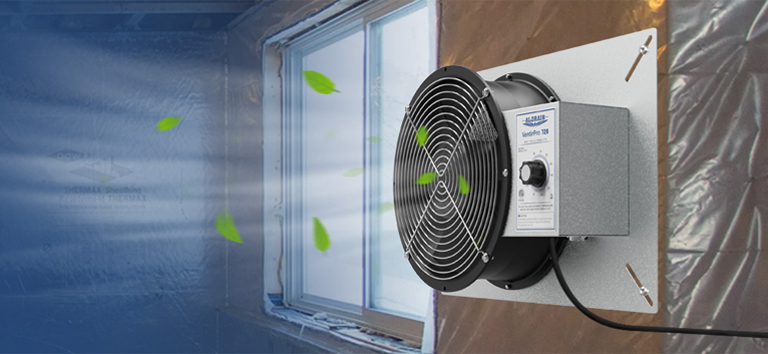
The DIY Approach: Understanding Ventilation Fan Installation
A. Assessing the Project Complexity
Installing an exhaust fan isn’t rocket science, but it’s not exactly putting together a piece of furniture either. The complexity of the project hinges on two key factors: existing duct work and electrical involvement.
Pre-existing Ductwork: If your home already has existing ductwork leading to the outside, the installation process becomes considerably easier. This typically involves connecting the fan to the existing ductwork using the provided fittings and ensuring proper electrical connections. Such as connecting a bathroom exhaust fan to the bathroom ceiling through a ceiling drywall.
No Existing Ductwork: If your bathroom or kitchen lacks existing ductwork, the project requires additional steps. You’ll need to create a wall or ceiling hole to route the exhaust fan directly outdoors. This involves tasks like cutting through drywall or roof cap, sheathing, and potentially siding.
B. Essential Skills and Tools Required
Before embarking on a DIY vent fan installation, you should assess your skills and gather the necessary tools. Here’s what you’ll need:
Basic Carpentry Skills: Cutting through drywall, sheathing, and potentially siding requires basic carpentry skills and the ability to use tools safely and accurately.
Electrical Knowledge and Skills: While basic electrical tasks like connecting electrical wires and installing switches might be involved, working with electricity requires caution and proper understanding. If unsure, always prioritize safety and seek professional help.
Tool Kit: Gather the necessary tools like a screwdriver, drill, saw (depending on your project complexity), wire strippers, crimps (optional), and a level.
Safety Gear: Don’t underestimate the importance of safety. Wear goggles, a dust mask, and gloves to protect yourself from dust, debris, bare wire and potential electrical hazards.
Advantages of DIY Ventilation Fan Installation
There’s a certain sense of accomplishment and satisfaction that comes with completing an exhaust fan project yourself. But beyond the personal gratification, there are several practical advantages to consider when opting for a DIY ventilation fan installation:
Cost-Effectiveness: Hiring a professional electrician and contractor can significantly add to the overall cost. Taking on the project yourself can translate to substantial cost savings, especially for straightforward installations.
Customization and Control: DIY empowers you to tailor the installation pf exhaust fans to your specific needs and preferences. You can choose the exact placement of the fan and switch, ensuring kitchen and bathroom exhaust fan aligns perfectly with your bathroom or kitchen layout.
Learning and Skill Development: The process can be a valuable learning experience, equipping you with practical skills that might prove beneficial for future fan housing and home improvement projects.
Potential Disadvantages of DIY Installation
While the potential benefits of DIY are enticing, it’s crucial to acknowledge the potential disadvantages and approach the project with caution:
Safety Risks: Electrical work and working with sharp tools inherently involve safety risks. If projects such as bathroom vent fan are not handled correctly, these risks can lead to electrical shocks, cuts, or even fires.
Potential for Mistakes: Even seemingly minor mistakes during installation such as a poorly cut ceiling hole can lead to significant consequences. Improper wiring can create electrical hazards, while incorrect ductwork installation can lead to inadequate ventilation and even moisture build-up behind walls. This can potentially result in costly repairs and potential structural damage in the long run.
Time Commitment: Depending on your skill level and experience, a DIY installation can take significantly longer compared to hiring a professional. This includes time spent researching the process, gathering materials like an exhaust duct and electrical cable, and completing the installation itself.
When Hiring a Pro Becomes the Wise Choice
While DIY can be a rewarding experience, there are situations where seeking professional help becomes the prudent option:
Complex Projects: If your project involves creating new ductwork, whether a flexible duct, working with multiple electrical circuits and wire connections, or integrating the fan with an existing ventilation system, hiring a licensed electrician and qualified contractor is highly recommended.
These projects require specific expertise and adherence to building codes, ensuring a safe and up-to-code installation.
Limited Skills or Confidence: Even if the project itself seems relatively straightforward, if you lack the necessary skills, confidence, or experience in working with electrical wiring, cutting through walls, or handling intricate carpentry tasks, it’s best to leave the job to a professional.
Time Constraints: If you have a tight schedule and need the project completed quickly, hiring a professional can save you valuable time and effort. They can efficiently complete the installation, ensuring proper ventilation without sacrificing your precious time.
Peace of Mind: Knowing the job is being done by a qualified professional with experience and expertise can provide invaluable peace of mind. This is especially true if you’re concerned about potential safety hazards or ensuring the installation meets all building codes and safety regulations.
Additional Tips for a Smooth Installation
Whether you choose the DIY route or hire a professional, following these additional tips can ensure a smooth and successful vent fan installation:
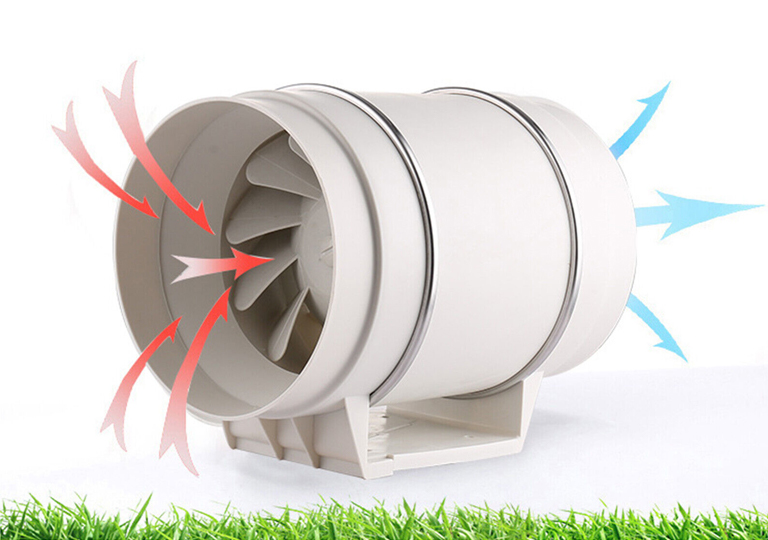
Research Thoroughly: Before embarking on the project, invest time in thorough research. Read the specific fan model’s installation manual, familiarize yourself with local building codes related to ventilation systems, and research safety protocols for working with electricity.
Obtain Necessary Permits: Depending on your location and project complexity, your local authorities might require permits before starting the installation. Research and obtain any necessary permits to avoid potential delays or fines.
Turn Off the Power: This crucial step ensures safety. Always turn off the power supply to the circuit involved before attempting any electrical work, including connecting wires or installing switches.
Seek Help When Needed: There’s no shame in admitting limitations. If you encounter difficulties or uncertainties during the installation process, especially concerning electrical work, don’t hesitate to seek help from a qualified electrician.
Making the Informed Choice
Ultimately, the decision to DIY or hire a professional for your vent fan installation hinges on a careful evaluation of your individual circumstances, skill level, and comfort zone. By weighing the advantages and disadvantages outlined in this guide, you can make an informed choice that prioritizes both cost-effectiveness and safe, efficient installation.
A well-functioning exhaust fan is paramount for a healthy and comfortable home environment. Whether you choose to tackle the project yourself or entrust it to professionals like Alorair, prioritize safety and ensure the installation adheres to all relevant building codes. Breathe easy, knowing you’ve made the informed decision for a successful ventilation fan installation in your home.








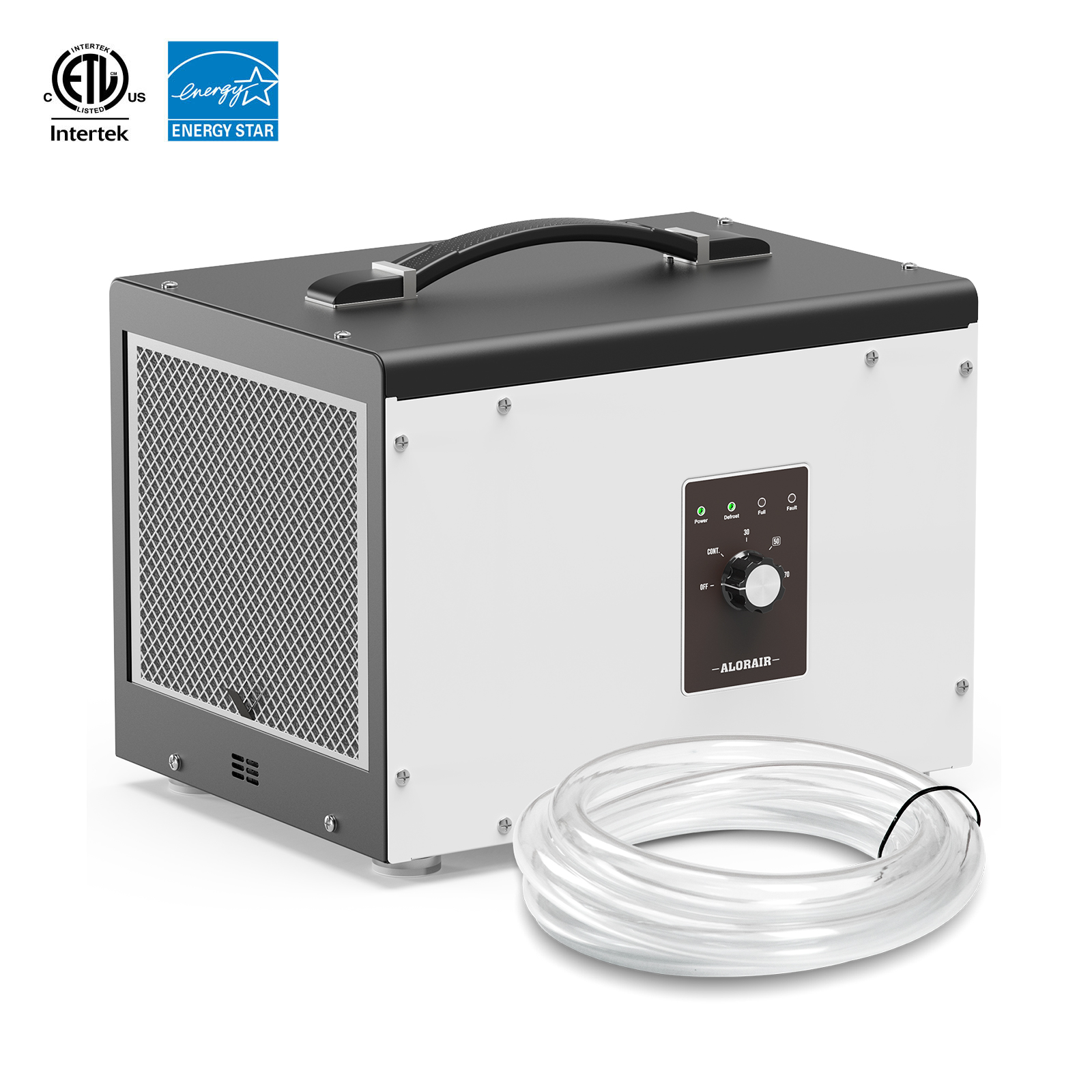
.jpg)
.jpg)

.jpg)

.HDi90.png)
.HD90.png)



.jpg)
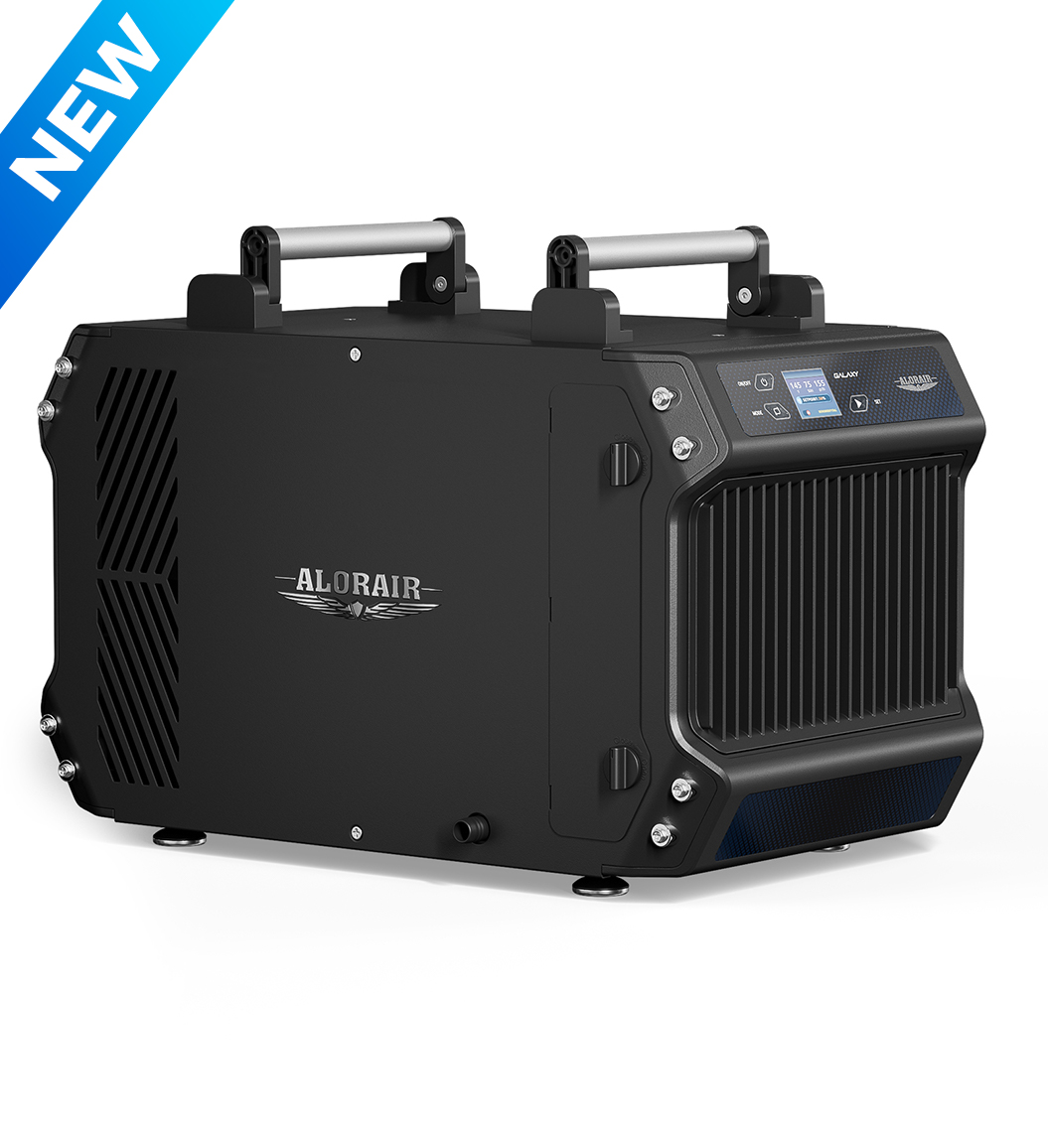
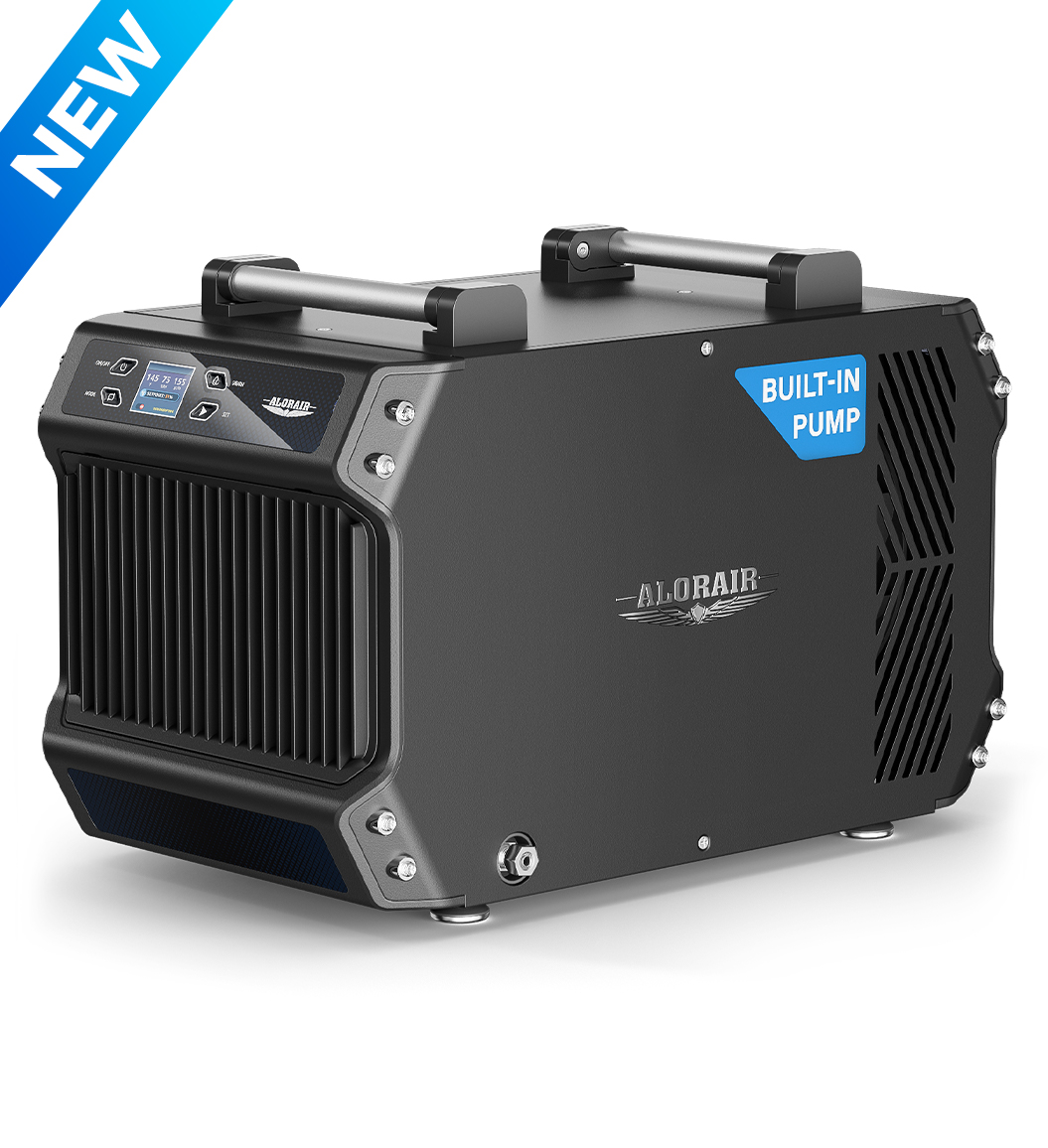




.jpg)
.jpg)
.jpg)
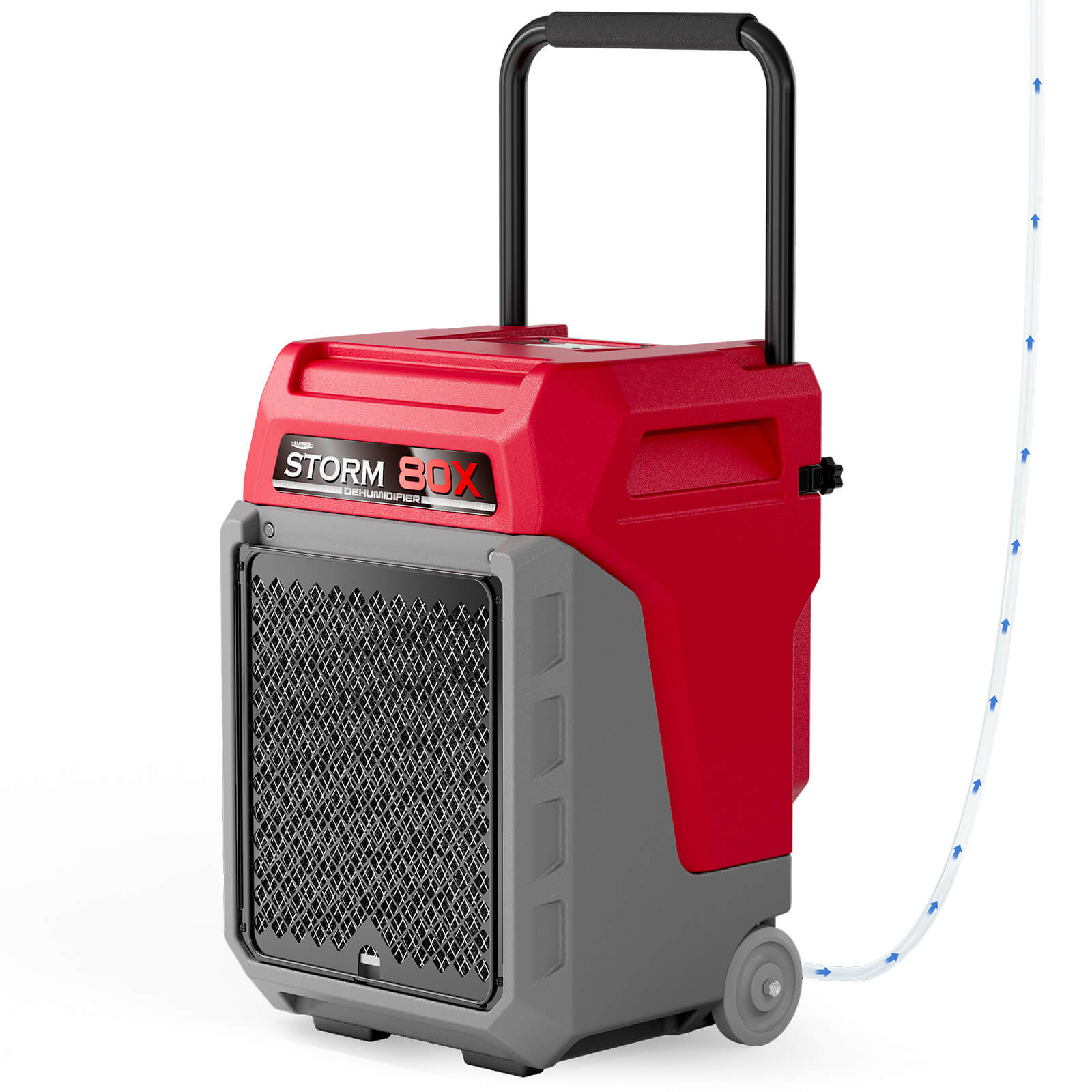


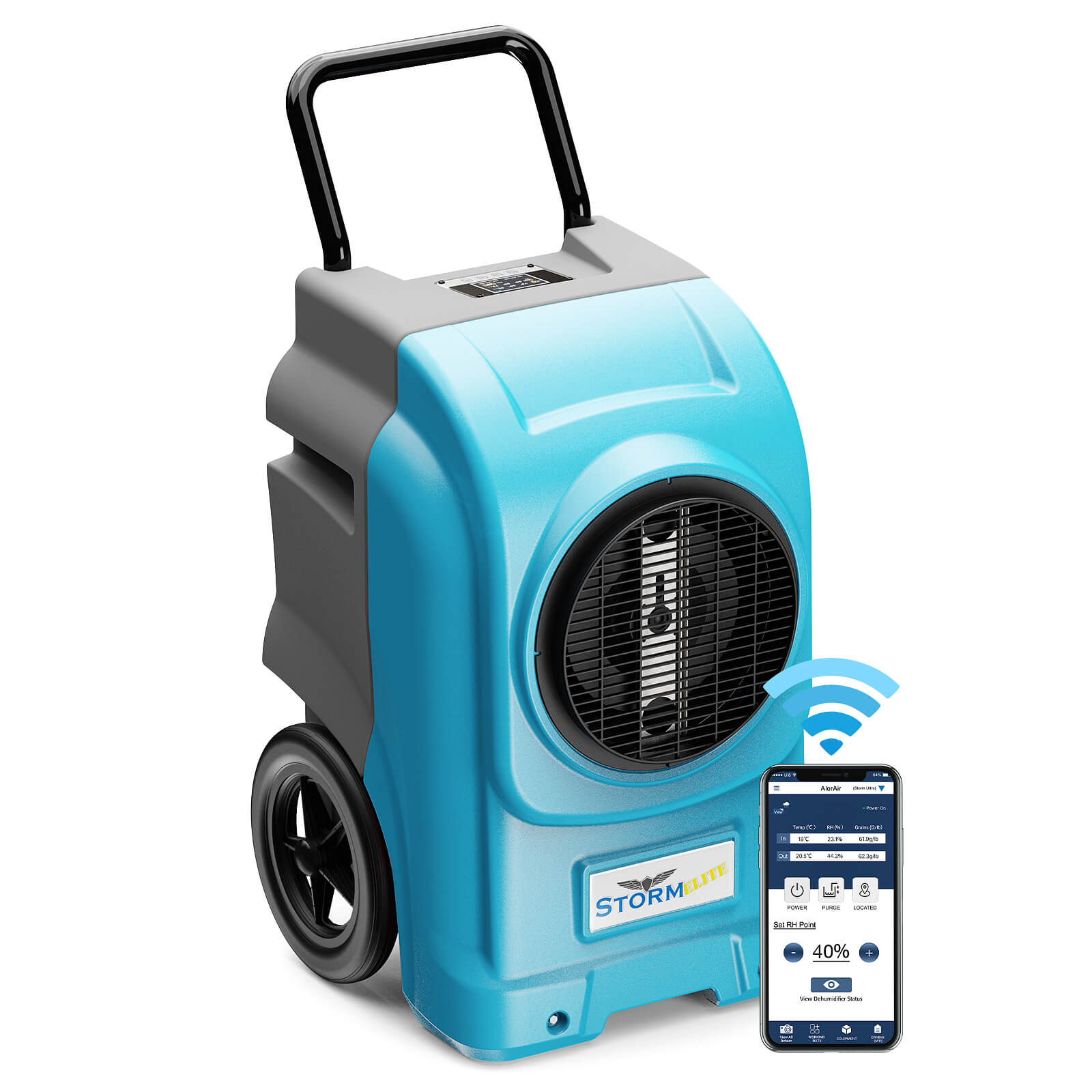

.jpg)
.jpg)










.jpg)
.jpg)








.jpg)
.jpg)










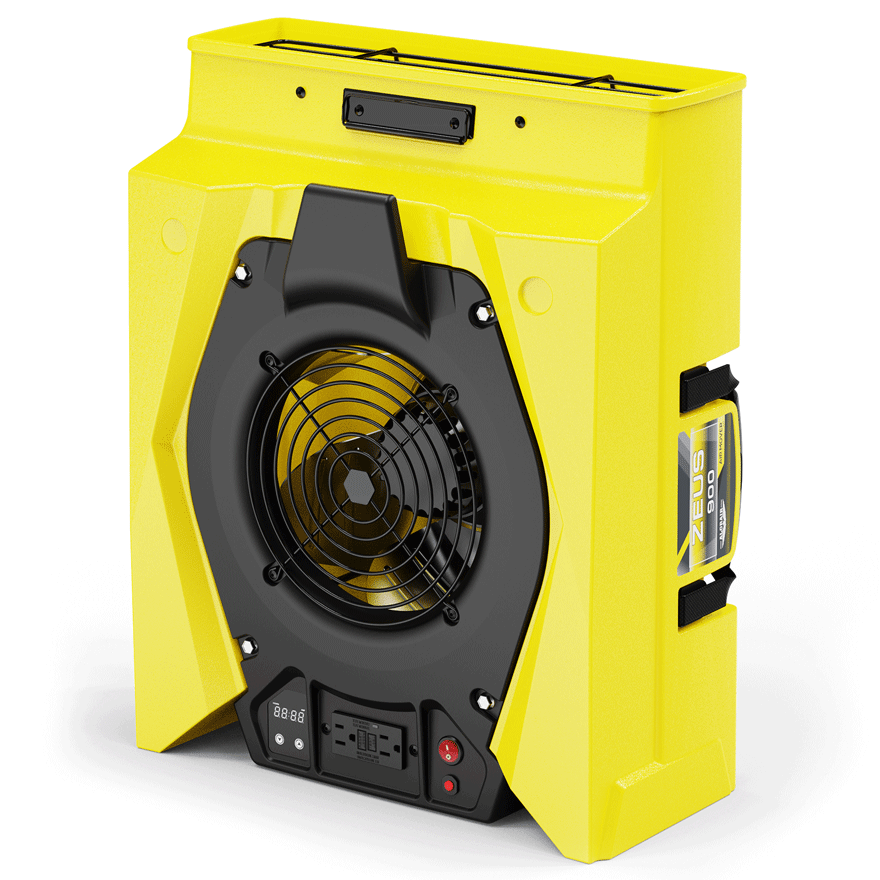
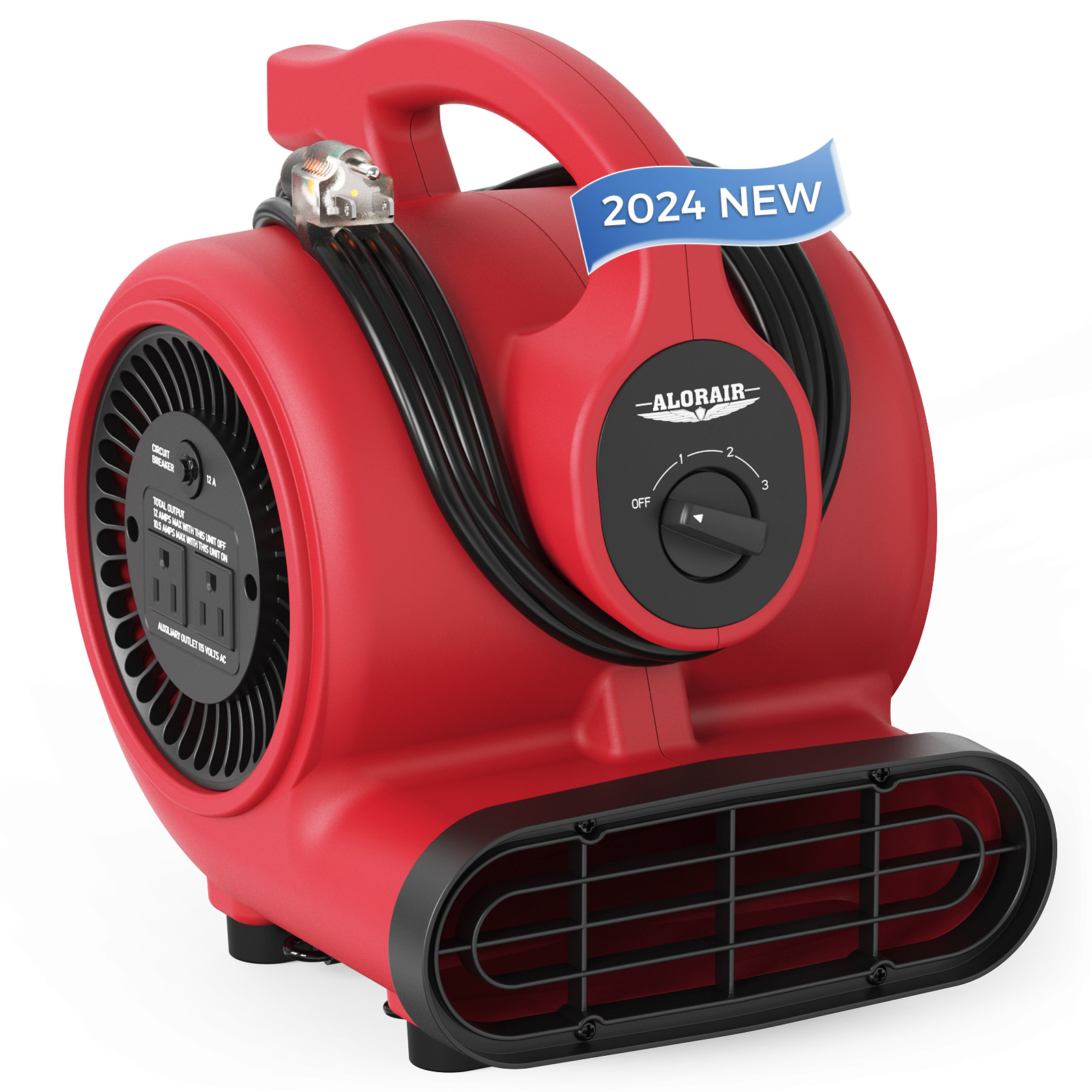
.jpg)
.jpg)
.jpg)
.jpg)
.jpg)
.jpg)
.jpg)
.jpg)
.jpg)
.jpg)
.jpg)
.jpg)
.jpg)
.jpg)





.jpg)
.jpg)
















-.jpg)
.jpg)

.jpg)
.jpg)



























 Exclusive offers
promotions
Exclusive offers
promotions

